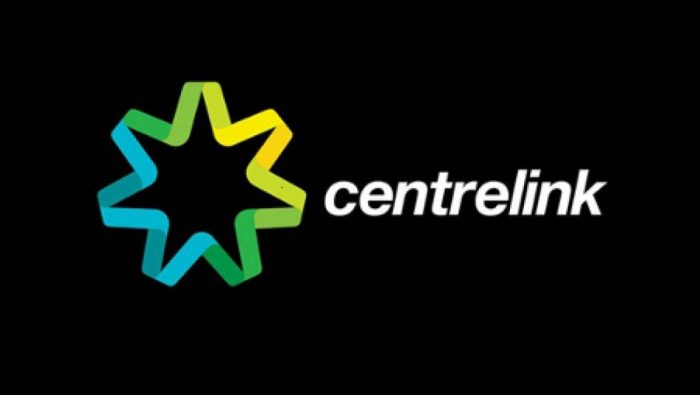Seeking help from Centrelink can be a complex process. We provide some key tips and advice to help you navigate the application process.

Centrelink is the Services Australia program of the Australian Government that delivers social security payments and services to a range of Australians, but often it can be confusing to figure out how to apply for Centrelink and manage the process.
People who are eligible to receive these Centrelink payments include (but not limited to) those who are retired, unemployed, living with a disability, are indigenous or from culturally and linguistically diverse backgrounds. Parents, carers, and families may also access Centrelink payments.
How to apply for Centrelink
With the COVID-19 crisis, Centrelink has seen a surge in demand. If you’re looking to get help through Centrelink payments, and this is your first time, here’s a few simple things you need to know:
Step 1: MyGov account
The most important thing you need is a MyGov account. Make sure you have one online and then link it to Centrelink.
From the Centrelink page, go to Payments and Claims from the menu, then go to ‘Claims’ and then select ‘Make a Claim’.
Step 2: Get the documentation ready
The next step is to submit the requested supporting documentation. This can be done in-person or digitally.
Services Australia provides a list of documents that you may need to begin the Centrelink process. A list of common documents can be accessed here.
Try and make sure that you have your documents handy before you start to make a claim.
Step 3: Answer questions
Once you start the claiming process online, you’ll be asked to answer a series of questions related to your circumstances. Make sure you have a clear idea of presenting your situation to answer the questions adequately.
Centrelink recently provided items for the Communities@Work Community Pantry
Things to know before you apply for Centrelink
We know that navigating Centrelink can be tricky and a time-consuming process. Here are a few tips from the Director of our Social Programs, Ruth Zanker, on seeking assistance from Centrelink, as part of our Helping through Hardship series.
1. Identify how you can get assistance
With Centrelink, most things can be done online. Don’t forget to check out this option before you try getting in touch over the phone or going into an office, particularly if you’re applying for payments.
While sometimes it is easier to have initial discussions on the phone or in-person, with Centrelink being an online process, chances are you may have to endure long waits in queues or on hold only to be told that you need to file your application online. In circumstances like this, allocate time, take a snack if going in, maybe even rug up as there’s a line outside and it gets cold!!
Either way, be prepared to wait.
2. Prepare adequately before you apply for Centrelink
Do some research about what it is you want to achieve, and write some notes to refer to. Often things get left out because there is a lot to cover, or simply because doing something new can be overwhelming. By starting the process with clear understanding and having something to refer to, you can help make sure that you can achieve your outcomes.
3. Make a plan before you contact Centrelink
Get all your documents in order and collect all the items you need before processing. Coming back to add things in between steps can take longer and delay the process. Having everything you might need in one place and making a plan can also help in reassuring yourself that you have done all that you can, and makes the process as seamless as possible.
Pro tip: Take notes during your interactions as well, especially if there is follow up information that needs to be provided, timeframes for things to occur, or a language that you are not familiar with.
4. Take a support person if you’re visiting Centrelink
If you need to go into an office and are not confident or need someone else to also hear the information you are told, take a friend along to support you. Have a chat to them before going in about what you’d like to achieve.
If you don’t have a support person, you may be able to request a Centrelink Social Worker to support you. You can contact Centrelink social workers at 132 850 (8 am – 5 pm).
5. Crisis Support and Emergency Relief
With Centrelink being a longer-term process, if you’re in need of immediate relief due to a crisis or an emergency, seek help from Communities@Work.
We help people experiencing hardship with immediate basic needs in times of crisis. As well as food and clothing, we provide payment for medical scripts (capped), bus tickets, Telstra vouchers, sanitary items, nappies, phone charging, shower packs, etc. We also provide food and other essential items, as well as information and referrals to other support services in Canberra, depending on your situation. Our services are inclusive and non-discriminatory.
Get in touch with us to find out more.
The information and advice provided in this article is from Ruth Zanker, Director of our Social Programs (Food, Clothing, Accommodation and Crisis Support Services), as part of our Helping through Hardship series – find out more here.
Please don’t hesitate to leave your comments below or provide feedback on what else you’d like to know more about in terms of seeking help in Canberra and the surrounding ACT region.


My favorite part of this article is the importance of planning to manage the process properly. I have a cousin who is looking for aged care advice that can help my uncle with his aged care placement, and he asked if I have any idea what is the best option to do. Thanks to this helpful article, I’ll be sure to tell him that he can consult an aged care placement service in town as they can help him with his concerns. https://www.rethinkagedcare.com.au/services